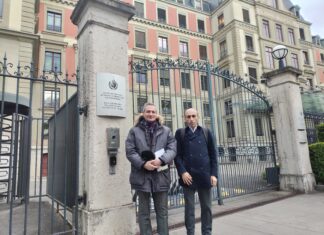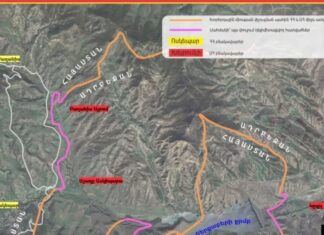By Haykaram Nahapetyan
Mirror-Spectator Video Correspondent
“The Red Army was as multiethnic as the Soviet Union, but its generals were overwhelmingly Russian. Very few non-Slavs reached high rank and the highest proportion of those who did were Armenian—from the smallest Soviet Republic in area.” wrote British scholar Geoffrey Jukes about Marshal Hovhannes (Ivan) Bagramyan in a book edited by Harold Shukman called Stalins’ Generals (New York, 1993).
Jukes’s observation was ultimately correct given that more than a half million sons and daughters of Armenia fought bravely and covered themselves with glory during the World War II. Suffice to say that the only non-Slavic commander of a front in the Red Army was Armenian—Hovhannes Bagramyan.
December 2017 marked the 120th anniversary of Marshal Bagramyan’s birth. During the Soviet era several biographies of the high-ranking commander were published and media outlets would feature stories and news about him frequently. However, the Communist-era publications generally tended to depict Bagramyan as a purely Soviet and Communist officer, offering only few (if any) details of his Armenian profile. However, recently the archive service of the Public TV Company of Armenia discovered and published a video segment (click here) on Bagramyan in which he himself tells the story of his life prior to becoming a Red Army Commander. His memoirs, published in Yerevan in 1979, also provide certain details related to his pre-Soviet life and struggles.
Bagramyan volunteered for the Czarist army in the fall of 1915, when he was only 17 years old. As a technician at the Transcaucasian Railroad he often saw Russian trains arriving from the Western Armenian front that transported Genocide survivors. “Trains from Kars would carry…thousands of refugees, overwhelmingly elderly Armenians, women and children. Those were the handful of ‘lucky ones’ that escaped the Turkish yataghan with the help of the Russian Army,” wrote Bagramyan in his memoirs. Such heartbreaking images of suffering Armenians might have affected his decision to join the war.









